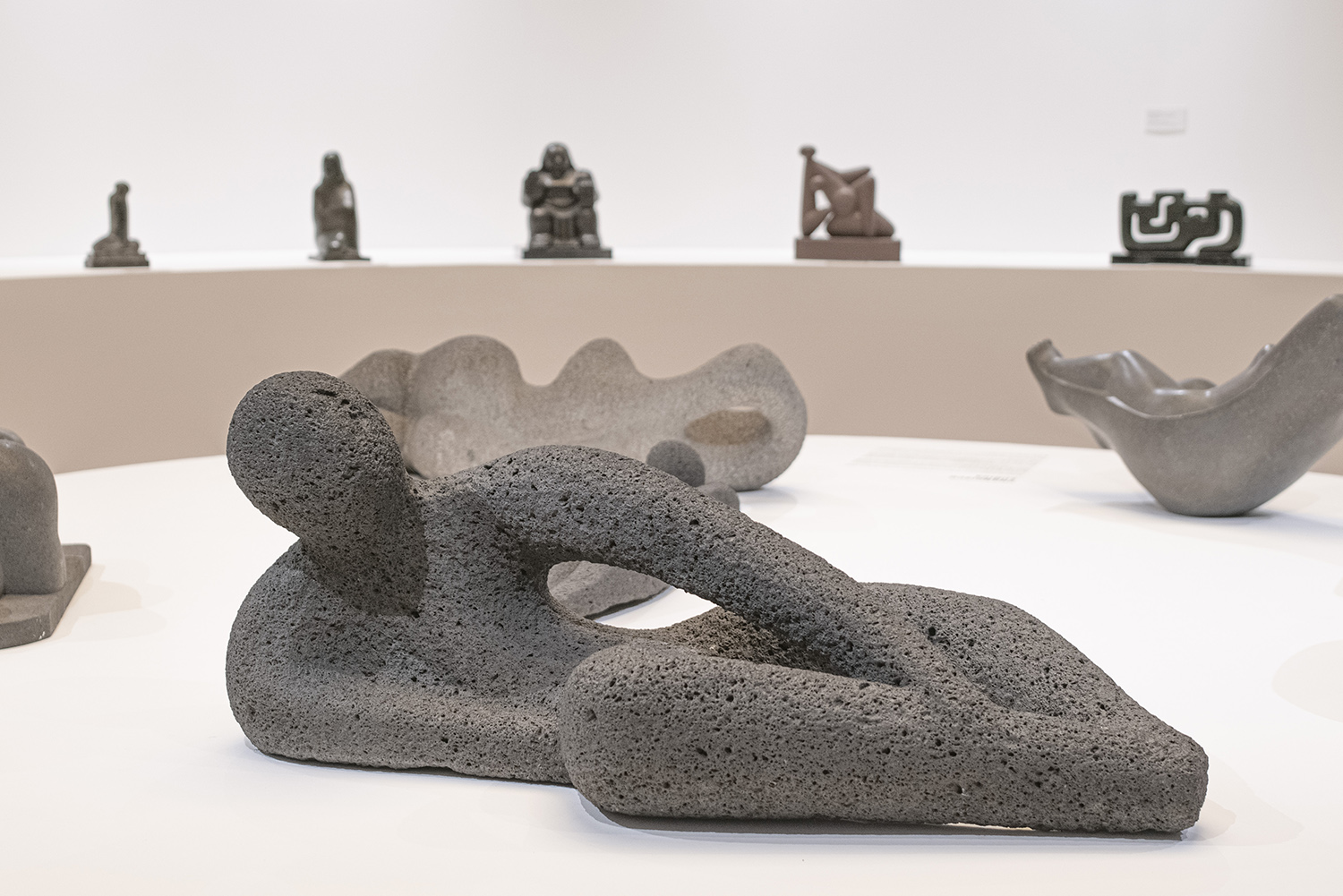The Museum of Modern Art (MAM) in México City, presents Monumental. The Public Dimension of Sculpture, a collective exhibition curated by artist Pedro Reyes. The show includes works that date between 1927 and 1979, bringing together relevant Mexican visual artists such as Francisco Zuñiga, Juan O’Gorman, Geles Cabrera, Luis Barragán and Mathias Goeritz.
In the words of the curator:
México’s extended sculptural tradition is marked by constant exploration not only of formal elements, but also the interwoven spatial, social and cultural relationships that permeate it. One of the most noteworthy aspects of this inquiry is the role sculpture has played in the construction of public spaces: inscribing sculpture in space has molded certain narratives and carved out identities and symbols which are then appropriated and questioned according to the transformations society itself undergoes.
Monumental. The Public Dimension of Sculpture critiques sculptural activity in our country. The starting point of the exhibition is the creation of the School of Sculpture and Wood Carving (Escuela libre de escultura y talla directa) in 1927, and it encompasses up until the creation of the Sculptural Space (Espacio Escultórico), in 1979. The timeframe created by these two events evidences how sculpture underwent transformations both within and as part of public spaces, and reflects the changes in artists’ ideas, strategies and obsessions.
There is evidence from Pre-Hispanic cultures of sculptural expression on a varying scale, from minuscule clay artifacts to gigantic pyramids. The Conquest put a brutal stop to the art of the Mesoamerican peoples, and implanted Greco-Roman and Judeo-Christian aesthetic canons. The War of Independence triggered the quest for national identity, a notion of ‘lo mexicano’ or what it means to be truly Mexican, but it was only after the Mexican Revolution in 1910 that the artistic characteristics of these came into their own. Artists were looking to connect modernity with this continent’s original civilizations. Even though many of them trained in the European avant-garde, their attention turned to the immediate environment and to a mythical past. Olmec, Toltec, Mexica and Mayan stylistic features allowed them to be emancipated from 19th century academicism.
The post-revolutionary nationalist era was characterized by the creation of civic sculpture, raising an interest for the public aspect of sculpture and how monumentality can be inscribed in space. Other movements and trends were gradually included, and while this incorporated mid-century artistic transformations, one vocation endured: the intention to actively participate in urban life, beyond the galleries and museums.

OLIVERIO MARTÍNEZ. LEYES OBRERAS, MONUMENTO A LA REVOLUCIÓN, 1934. PHOTOGRAPHY BY AGUSTÍN JIMÉNEZ. IMAGE COURTESY OF FUNDACIÓN RICARDO MARTÍNEZ AND MARÍA JIMÉNEZ.
Two curatorial arcs intertwine in this exhibition: the transition from nationalism to universalism, and the transmutation of mass into a void (space). Titanic stone atlantes transform when inserted into time like a fourth dimension; sculptors will move past matter into energy. It is a question of dematerialization. Nevertheless, monumentality abides, transformed in space, and visible on the skyline. We are present, moving beyond merely contemplating monuments, to viewing sculpture as a space for contemplation.
—Pedro Reyes, Guest Curator












